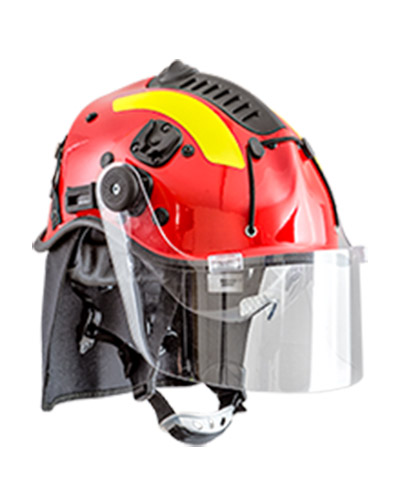Best Lightweight Bike Racks for Easy Transportation and Storage Solutions
The Ultimate Guide to Lightweight Bike Racks Convenience and Portability for Every Cyclist
Cycling has surged in popularity in recent years, and with it comes the need for reliable and efficient solutions for transporting bikes. Whether you are a casual rider planning a weekend trip, a commuter looking for an easy storage option, or an adventurer heading to the mountains, investing in a lightweight bike rack is an excellent choice. In this article, we will explore the benefits, types, and essential features of lightweight bike racks, ensuring you make an informed decision for your biking needs.
Why Choose a Lightweight Bike Rack?
The primary appeal of lightweight bike racks lies in their portability and convenience. Traditional heavy-duty racks can add unnecessary weight to your vehicle and can be cumbersome to handle. Lightweight bike racks, on the other hand, are specifically designed to be easy to lift, install, and remove. This is particularly beneficial for individuals who might not have extensive upper body strength or those who frequently find themselves needing to load and unload their bikes.
Moreover, lightweight racks can save space. Since many are designed to fold or collapse when not in use, they can be neatly stashed away in a garage, trunk, or closet without taking up much room. This feature is invaluable for city dwellers or anyone who has limited storage options.
Types of Lightweight Bike Racks
When it comes to lightweight bike racks, there are several types to consider
1. Hitch-Mounted Racks These racks attach to your vehicle’s hitch and typically come in a lightweight design. They can carry one or more bikes and are easy to install. Many hitch racks feature a tilting mechanism, allowing for rear access to your vehicle even with bikes loaded.
2. Trunk-Mounted Racks Ideal for those who don't have a hitch, trunk-mounted racks are also lightweight and can fit a wide range of vehicles. They generally use straps and hooks to secure the rack to the trunk or hatchback. These racks are often more affordable and can be removed easily when not in use.
3. Roof Racks While slightly heavier than trunk and hitch racks, there are still lightweight options available. Roof racks allow you to carry bikes securely on the top of your vehicle, keeping the rear accessible. However, they require lifting the bike overhead, which may not be ideal for everyone.
lightweight bike rack

4. Frame-Mounted Racks These racks hold the bike by the frame, ensuring a secure fit. Many lightweight frame-mounted racks are adjustable, making them versatile enough to fit various bike sizes and shapes.
Essential Features to Consider
When choosing a lightweight bike rack, there are several important features to look for
- Weight Capacity Ensure the rack can safely support the weight of your bike, taking into account any additional gear you may be carrying.
- Ease of Use Look for racks that are easy to install and remove. A rack that can be set up in minutes will save time and hassle.
- Security Features Since bicycles are often targets for theft, choose racks that come with locking mechanisms or can be easily secured to the vehicle.
- Adjustability An adjustable rack can accommodate different bike styles and sizes, providing flexibility as your cycling needs evolve.
- Aerodynamics Lightweight racks that are designed with aerodynamics in mind can help improve fuel efficiency during long trips.
Conclusion
A lightweight bike rack is an essential accessory for any cyclist, providing ease of use, portability, and convenience. With various types available to fit different vehicles and biking styles, the right rack can transform your cycling experience, making it more enjoyable and accessible. By focusing on essential features such as weight capacity, ease of use, security, and adjustability, you can find the perfect lightweight bike rack to suit your needs. Whether you are hitting the trails or commuting through the city, the right bike rack will ensure your bike is safely transported, allowing you to focus on what truly matters enjoying the ride.
-
The Smarter Choice for Pedestrian AreasNewsJun.30,2025
-
The Gold Standard in Round Drain CoversNewsJun.30,2025
-
The Gold Standard in Manhole Cover SystemsNewsJun.30,2025
-
Superior Drainage Solutions with Premium Gully GratesNewsJun.30,2025
-
Superior Drainage Solutions for Global InfrastructureNewsJun.30,2025
-
Square Manhole Solutions for Modern InfrastructureNewsJun.30,2025
-
Premium Manhole Covers for Modern InfrastructureNewsJun.30,2025
